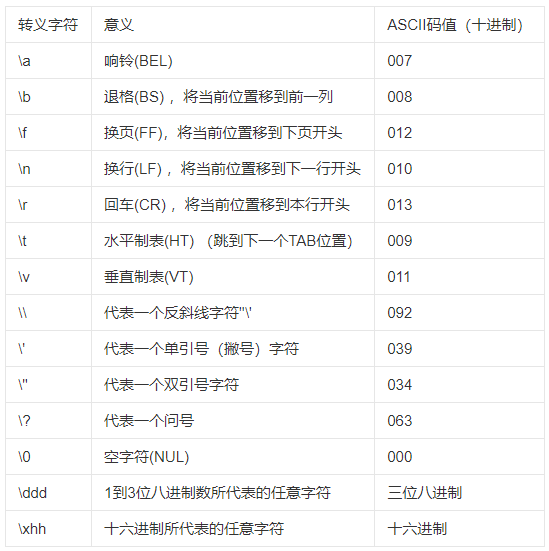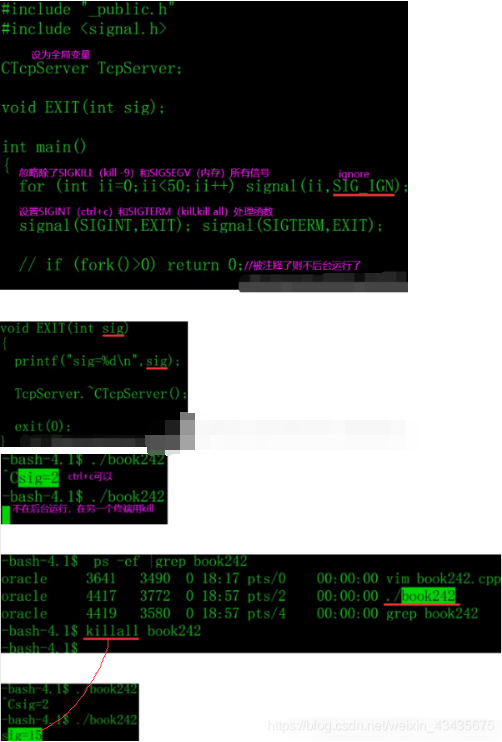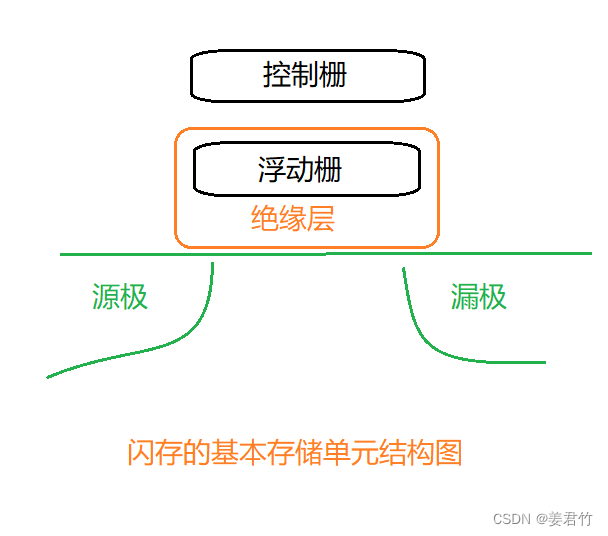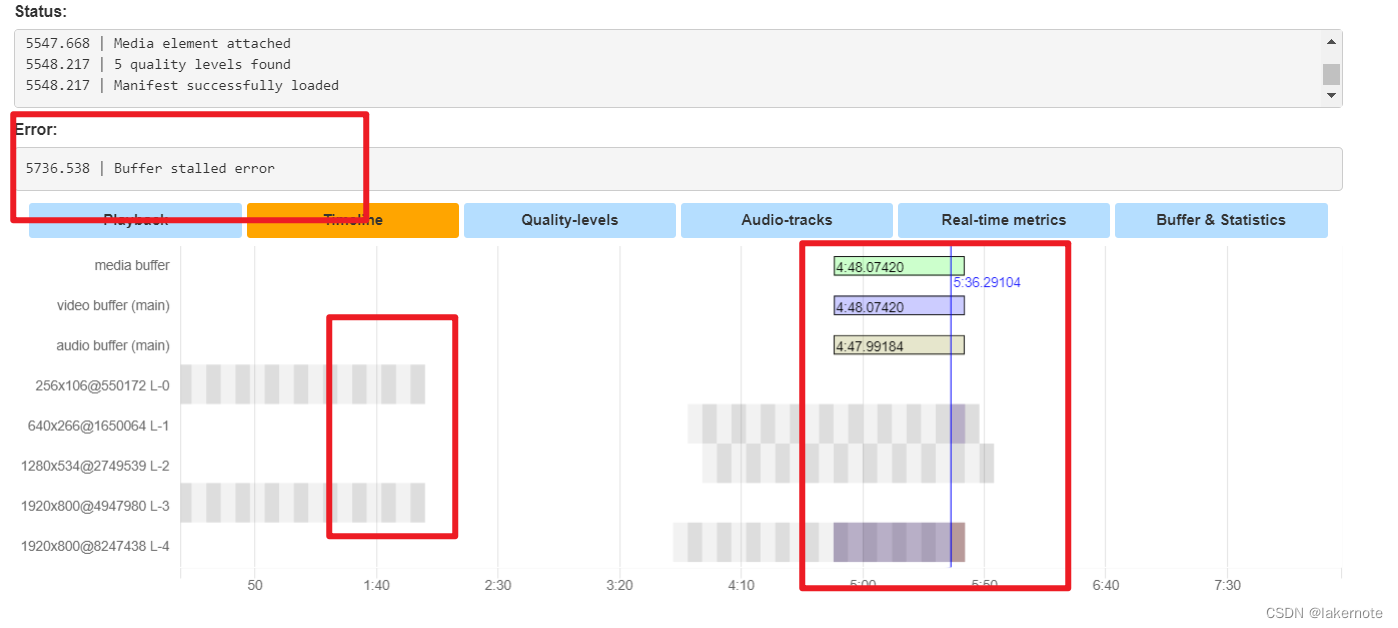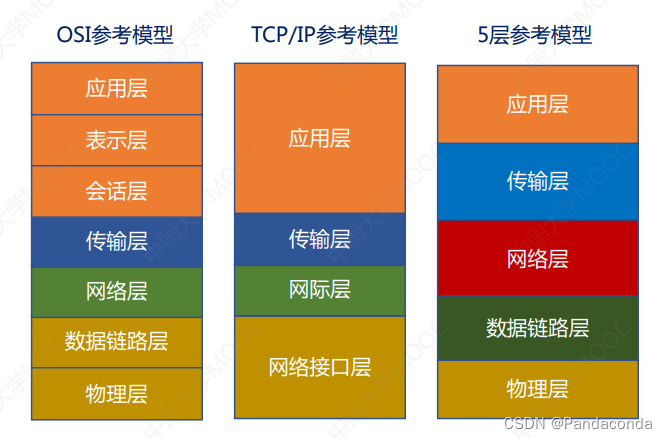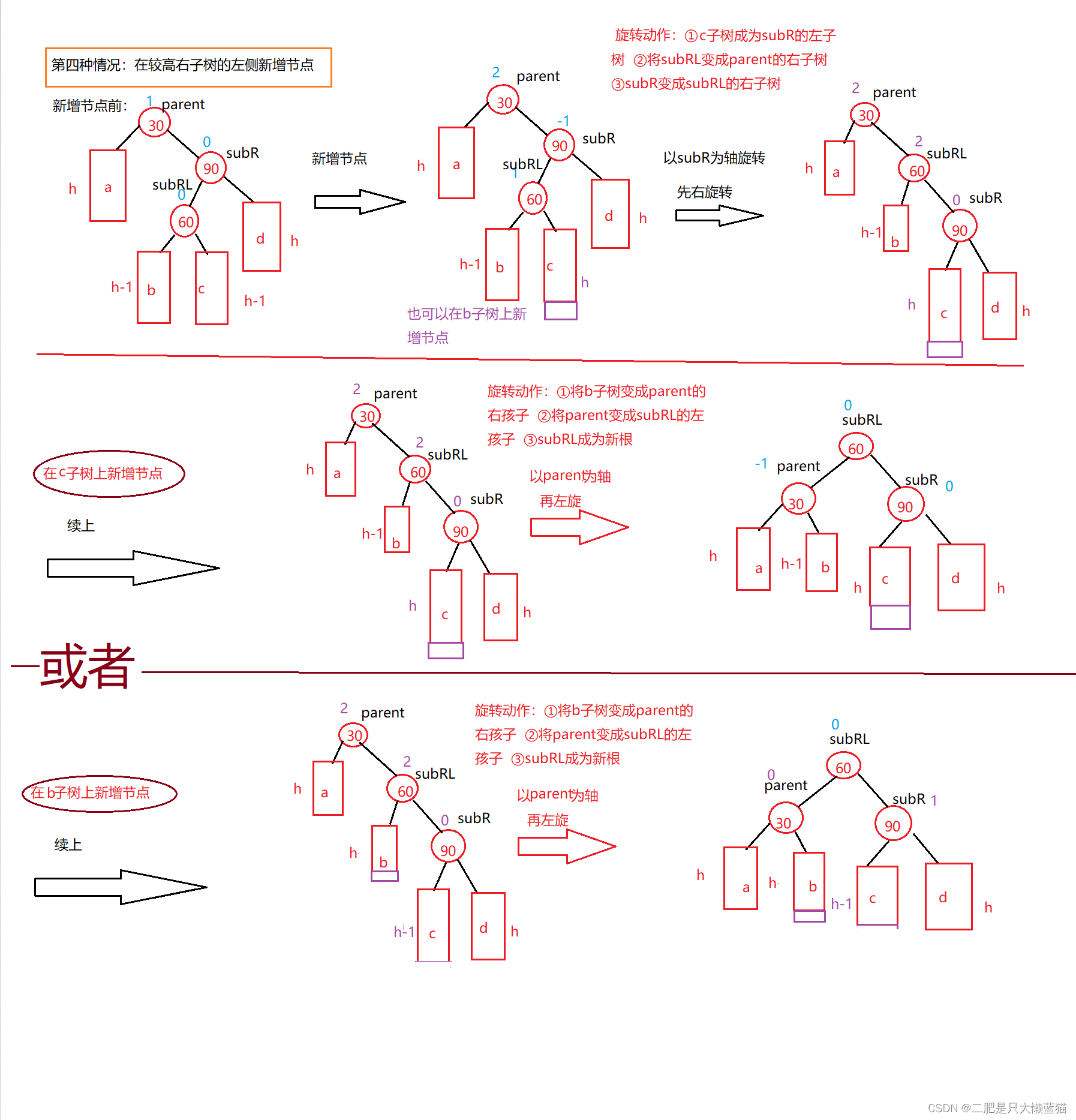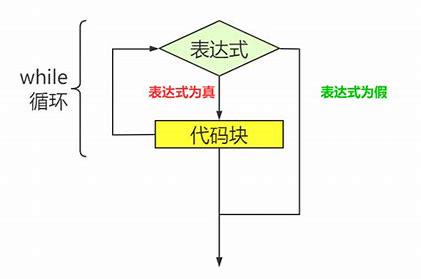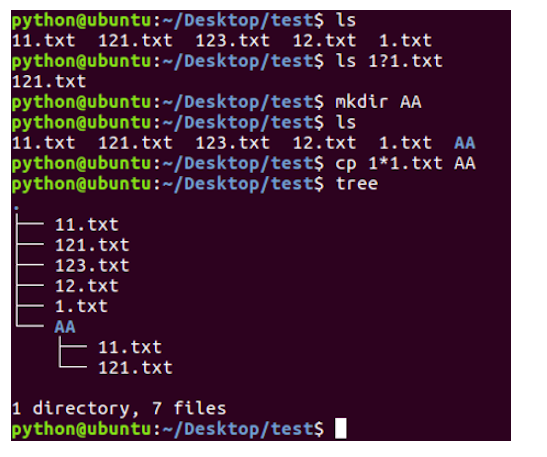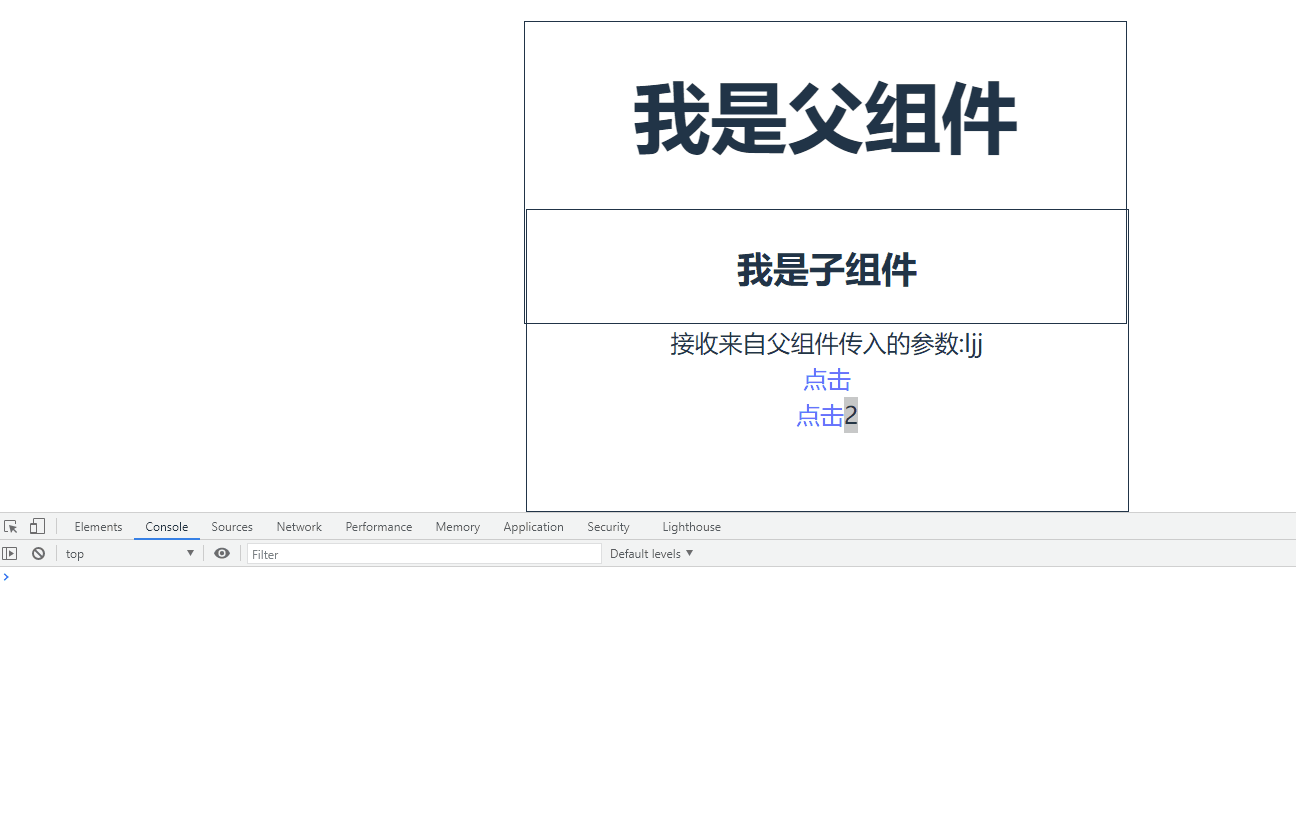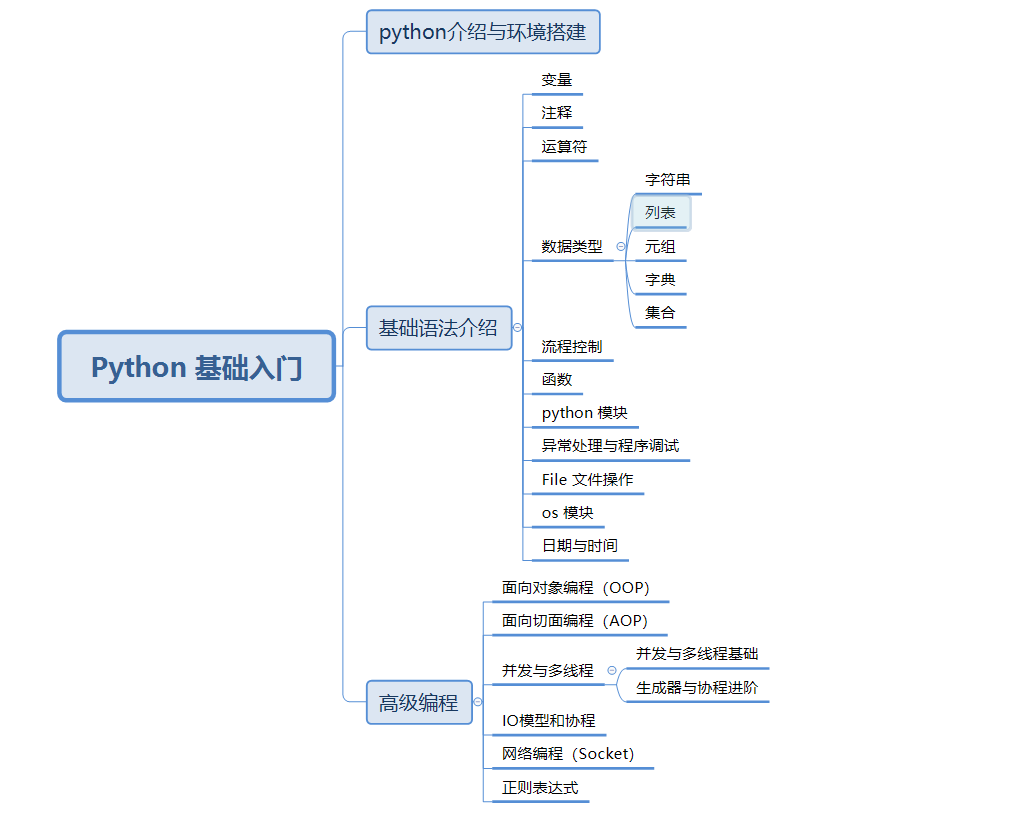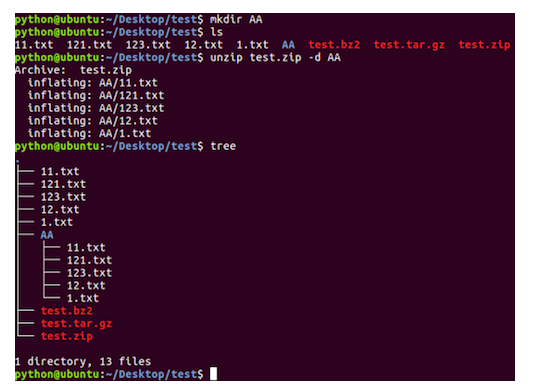JavaSE-线程池(1)- 线程池概念
前提
使用多线程可以并发处理任务,提高程序执行效率。但同时创建和销毁线程会消耗操作系统资源,虽然java 使用线程的方式有多种,但是在实际使用过程中并不建议使用 new Thread 的方式手动创建线程。
线程池概念
线程池可以理解成一个存放线程的容器,当需要使用线程处理任务时从线程池中取,而并非直接创建一个线程
使用线程池的优势
- 降低资源消耗。通过重复利用已创建的线程降低线程创建和销毁造成的消耗。
- 提高响应速度。当任务到达时,任务可以不需要的等到线程创建就能立即执行。
- 提高线程的可管理性。线程是稀缺资源,如果无限制的创建,不仅会消耗系统资源,还会降低系统的稳定性,使用线程池可以进行统一的分配,调优和监控。
来自 《Java 并发编程的艺术》
线程池相关接口以及类
Runnable
可以理解成一个不需要获取返回结果的任务
@FunctionalInterface
public interface Runnable {
public abstract void run();
}
Callable
类似于 Runnable ,是一个有返回结果的任务
@FunctionalInterface
public interface Callable<V> {
/**
* Computes a result, or throws an exception if unable to do so.
*
* @return computed result
* @throws Exception if unable to compute a result
*/
V call() throws Exception;
}
Future
异步任务提交后使用 Future 接收,从 Future get 方法可以获取异步任务的返回值
public interface Future<V> {
boolean cancel(boolean mayInterruptIfRunning);
boolean isCancelled();
boolean isDone();
V get() throws InterruptedException, ExecutionException;
V get(long timeout, TimeUnit unit)
throws InterruptedException, ExecutionException, TimeoutException;
}
RunnableFuture
Runnable 和 Future 的结合体
public interface RunnableFuture<V> extends Runnable, Future<V> {
/**
* Sets this Future to the result of its computation
* unless it has been cancelled.
*/
void run();
}
FutureTask
RunnableFuture 接口的实现类
public class FutureTask<V> implements RunnableFuture<V> {
}
使用demo:
import java.util.concurrent.ExecutionException;
import java.util.concurrent.FutureTask;
public class FutureTaskTest {
public static void main(String[] args) throws ExecutionException, InterruptedException {
FutureTask futureTask = new FutureTask(() -> {
Thread.sleep(1000);
return 100;
});
new Thread(futureTask).start();
System.out.println(futureTask.get());
}
}
Executor
执行器,用来执行 Runnable 任务,通过实现 Executor 接口可以自定义任务的执行方式,比方使用线程池来执行任务,避免使用 new Thread 的方式来执行
public interface Executor {
/**
* 执行方法,执行一个具体的 Runnable 任务
*/
void execute(Runnable command);
}
ExecutorService
继承自 Executor ,提供更多的方法,实现线程池的类一般继承这个接口
public interface ExecutorService extends Executor {
/**
* 关闭执行器,但是会等待已经提交的任务执行完成,不再接收新的任务
*/
void shutdown();
/**
* 尝试停止所有正在执行的任务,不再接收新的任务
*/
List<Runnable> shutdownNow();
/**
*判断执行器是否关闭,如果此执行器已关闭,则返回true。
*/
boolean isShutdown();
/**
* 如果关闭后(调用 shutdown 或 shutdownNow 方法)所有任务都已完成,则返回true。
* 请注意,除非首先调用shutdown或shutdownNow,否则isTerminated 永远不会为true。
*/
boolean isTerminated();
/**
* Blocks until all tasks have completed execution after a shutdown
* request, or the timeout occurs, or the current thread is
* interrupted, whichever happens first.
*/
boolean awaitTermination(long timeout, TimeUnit unit)
throws InterruptedException;
/**
* 提交一个有返回值的任务并使用 Future 接收
*/
<T> Future<T> submit(Callable<T> task);
/**
* Submits a Runnable task for execution and returns a Future
* representing that task. The Future's {@code get} method will
* return the given result upon successful completion.
*/
<T> Future<T> submit(Runnable task, T result);
/**
* 提交任务并使用 Future 接收
*/
Future<?> submit(Runnable task);
/**
* Executes the given tasks, returning a list of Futures holding
* their status and results when all complete.
* {@link Future#isDone} is {@code true} for each
* element of the returned list.
* Note that a <em>completed</em> task could have
* terminated either normally or by throwing an exception.
* The results of this method are undefined if the given
* collection is modified while this operation is in progress.
*/
<T> List<Future<T>> invokeAll(Collection<? extends Callable<T>> tasks)
throws InterruptedException;
/**
* Executes the given tasks, returning a list of Futures holding
* their status and results
* when all complete or the timeout expires, whichever happens first.
* {@link Future#isDone} is {@code true} for each
* element of the returned list.
* Upon return, tasks that have not completed are cancelled.
* Note that a <em>completed</em> task could have
* terminated either normally or by throwing an exception.
* The results of this method are undefined if the given
* collection is modified while this operation is in progress.
*/
<T> List<Future<T>> invokeAll(Collection<? extends Callable<T>> tasks,
long timeout, TimeUnit unit)
throws InterruptedException;
/**
* Executes the given tasks, returning the result
* of one that has completed successfully (i.e., without throwing
* an exception), if any do. Upon normal or exceptional return,
* tasks that have not completed are cancelled.
* The results of this method are undefined if the given
* collection is modified while this operation is in progress.
*/
<T> T invokeAny(Collection<? extends Callable<T>> tasks)
throws InterruptedException, ExecutionException;
/**
* Executes the given tasks, returning the result
* of one that has completed successfully (i.e., without throwing
* an exception), if any do before the given timeout elapses.
* Upon normal or exceptional return, tasks that have not
* completed are cancelled.
* The results of this method are undefined if the given
* collection is modified while this operation is in progress.
*
<T> T invokeAny(Collection<? extends Callable<T>> tasks,
long timeout, TimeUnit unit)
throws InterruptedException, ExecutionException, TimeoutException;
}
AbstractExecutorService
public abstract class AbstractExecutorService implements ExecutorService {
}
实现 ExecutorService 接口,提供ExecutorService执行方法的默认实现
ThreadPoolExecutor
public class ThreadPoolExecutor extends AbstractExecutorService {
}
线程池的具体实现类,继承自 AbstractExecutorService
类结构图:

ThreadPoolExecutor 使用方法
可以使用工具类 Executors 提供的方法创建线程池,比如:
import java.util.concurrent.ExecutorService;
import java.util.concurrent.Executors;
public class ExecutorServiceTest1 {
static class MyTask implements Runnable {
private int i;
public MyTask(int i) {
this.i = i;
}
@Override
public void run() {
try {
Thread.sleep(2000);
} catch (InterruptedException e) {
e.printStackTrace();
}
System.out.println(Thread.currentThread() + " 任务" + i);
}
}
public static void main(String[] args) {
ExecutorService executorService = Executors.newFixedThreadPool(2);
for (int i = 1; i <= 10; i++) {
executorService.execute(new MyTask(i));
}
executorService.shutdown();
}
}
以上 Executors.newFixedThreadPool 方法创建了一个拥有固定线程数的线城池
public static ExecutorService newFixedThreadPool(int nThreads) {
return new ThreadPoolExecutor(nThreads, nThreads,
0L, TimeUnit.MILLISECONDS,
new LinkedBlockingQueue<Runnable>());
}
执行结果:
Thread[pool-1-thread-1,5,main] 任务1
Thread[pool-1-thread-2,5,main] 任务2
Thread[pool-1-thread-2,5,main] 任务4
Thread[pool-1-thread-1,5,main] 任务3
Thread[pool-1-thread-1,5,main] 任务6
Thread[pool-1-thread-2,5,main] 任务5
Thread[pool-1-thread-2,5,main] 任务8
Thread[pool-1-thread-1,5,main] 任务7
Thread[pool-1-thread-2,5,main] 任务9
Thread[pool-1-thread-1,5,main] 任务10
通过结果可以看出,10个任务都是由两个线程执行的,由于这两个线程一次只能处理两个任务,其他任务只有在线程空闲时才能被处理,实际上线程池不仅维护了一组线程的引用,还维护了这组任务,而任务则是放在队列中,即上文的 LinkedBlockingQueue 参数
参考:
https://blog.csdn.net/qq_36881887/article/details/125707550
https://www.mianshigee.com/note/detail/20134hnk/
